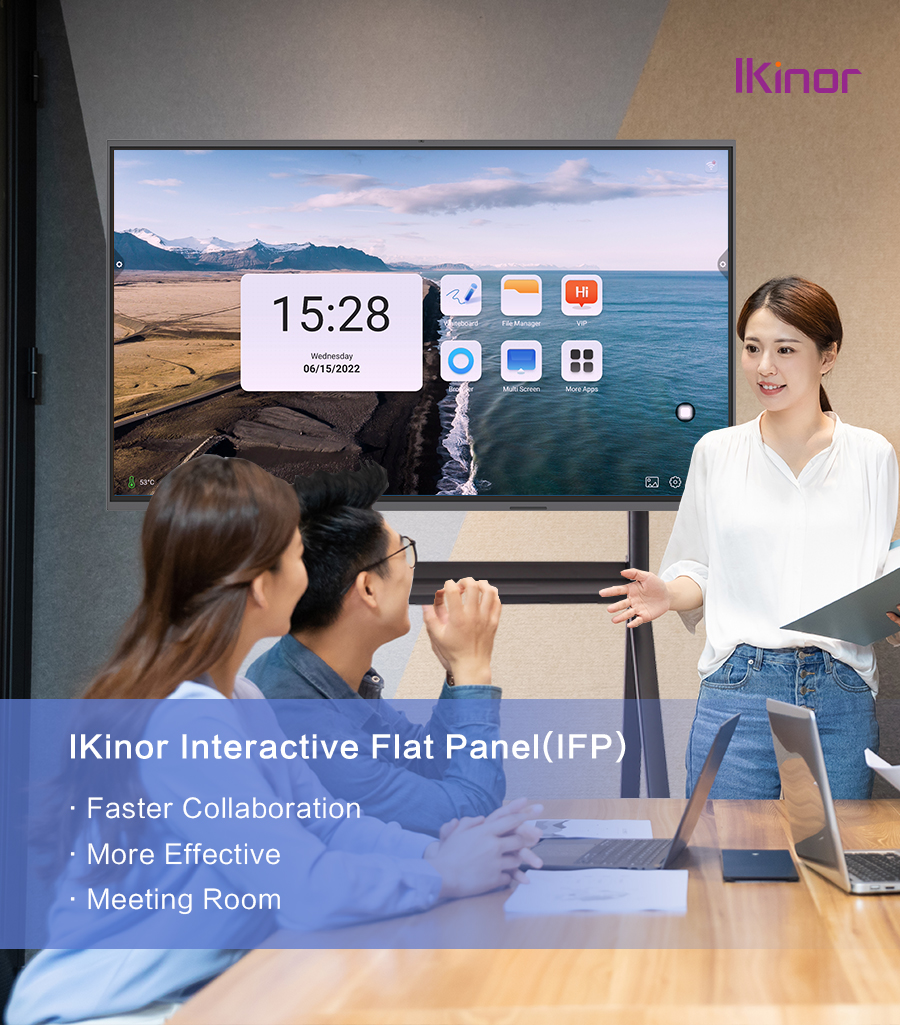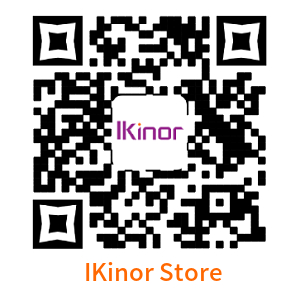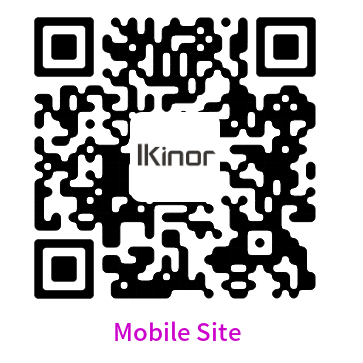In today’s digital age, traditional teaching methods are no longer enough to keep students engaged and interested in learning. That’s where touch screen technology comes in! With their interactive and intuitive interface, touch screens provide a dynamic and engaging way for teachers to teach and students to learn. In this blog post, we’ll explore some tips for the effective use of touch screen technology in the classroom that will help you engage your students like never before! So let’s get started!
Benefits of touch screen for teaching
Touch screen technology is quickly becoming one of the most popular tools used in classrooms. There are many reasons why touch screen technology is so effective in the classroom, but here are just a few:
-It engages students. Touch screens allow students to interact with content in a variety of ways, which can keep them engaged and learning.
-It promotes hands-on learning. By having students use their own hands to explore and learn, they are more likely to remember what they have learned.
-It reduces stress for teachers. Teaching using touch screen technology can be extremely stressful for teachers, as there is always the potential for mistakes. With touch screen technology, teachers can easily correct mistakes without having to worry about disrupting the class.
-It helps students develop critical thinking skills. By requiring students to think critically about information presented on screens, touch screen technology helps them develop problem-solving and critical thinking skills.
Tips for effective use of touch screen in the classroom
Touch screen technology can be very engaging for students, but it also requires some specific tips to be effective in the classroom. Here are a few tips for using touch screen technology effectively:
- Make use of interactive content. Interactive content is a great way to keep students engaged and interested in your lecture or class. Try incorporating videos, quizzes, games, and other interactive features into your material. This will keep students coming back for more, and they’ll have a lot more fun while doing so!
- Use graphics and images sparingly. Sometimes adding graphics or images to your content can be distracting and take away from the focus of the lesson. Unless you absolutely need them to support your argument or point, try to stick to plain text when presenting information on a touch screen device.
- Keep control of the cursor. One of the most important things you can do to keep control of the cursor on a touch screen device is to always have one hand near it! If you have to reach up for the cursor frequently, it will be hard for students to follow along with what you’re saying. Try keeping all materials on your lectern within easy reach so that students don’t have to search around for materials during class.
- Avoid cramming too much information onto one screen at once . When you’re trying to present complex material on a touch screen device, break it down into manageable pieces that can be easily
Conclusion
In a world where more and more students are using touch screen devices in their classrooms, it is important to have strategies in place to ensure that all students feel included and engaged. We hope these tips will help you become an effective teacher and enable you to create unique learning experiences for your students. For further details, please contact Ikinor!



